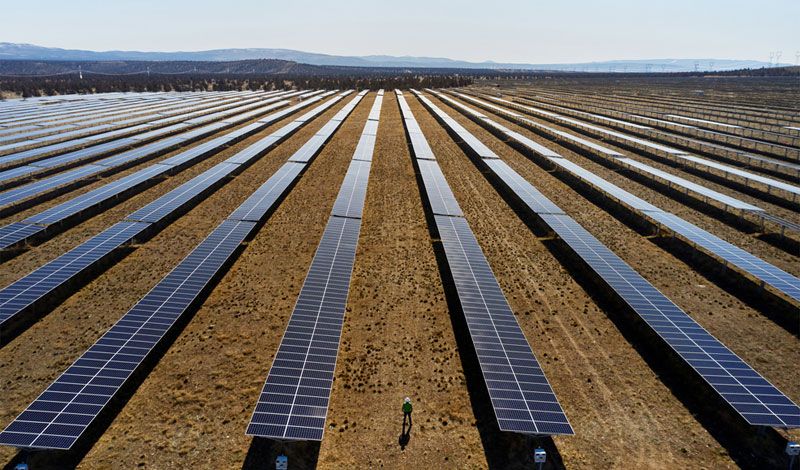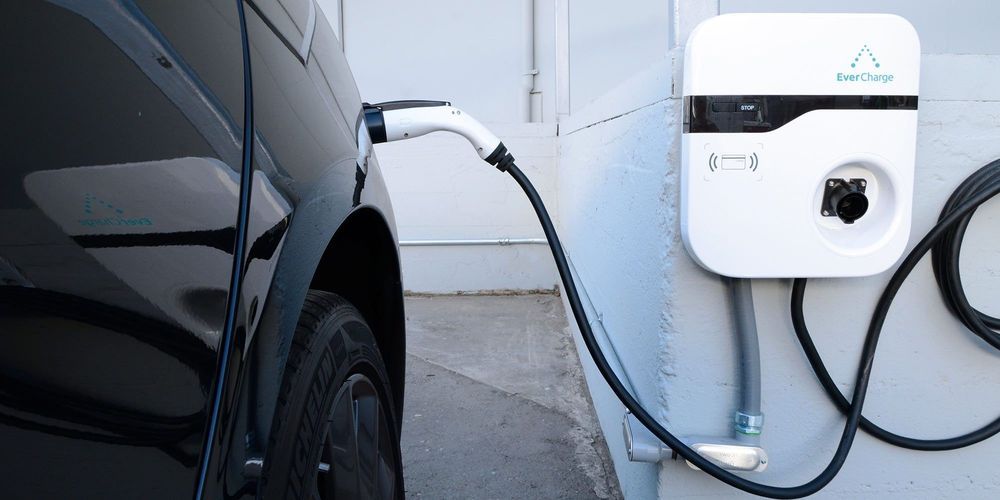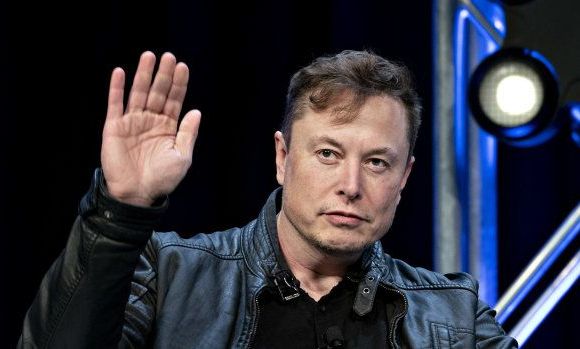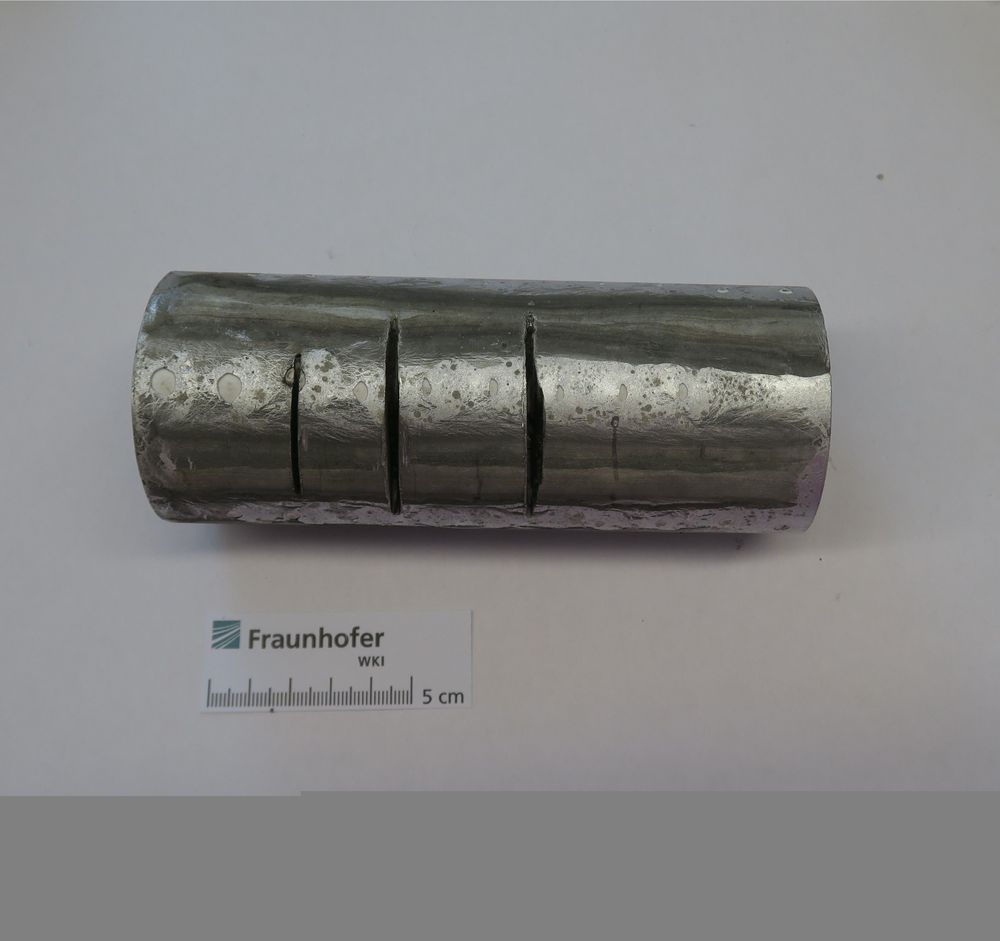The $5 billion XpressWest project will connect Southern California to Las Vegas with electric trains traveling up to 200 miles an hour.



Looking to explore how far it can push the limits of electric vehicle performance, Ford has created a version of its Mustang Mach-E SUV with seven electric motors that can produce a total of up to 1,400 horsepower.
The Mach-E 1400 is a one-of-a-kind demonstration car that was created to show the potential of all-electric vehicles and to help engineers research ways to increase their power, said Mark Rushbrook, head of Ford Performance Motorsports. The Mach-E 1400 is based on Mustang’s Mach-E SUV, which Ford will begin selling next year. The street legal Mach-E GT SUV will produce 459 horsepower from two electric motors.

Apple, the world’s largest technology company by revenue, is already carbon neutral for its corporate facilities, a goal achieved in April 2020. However, the consumer electronics giant now intends to make every product and its entire supply chain – from manufacturing to transportation to end-of-life material recovery – net zero by 2030.

Skeptics like to point out that most EV drivers live in single-family homes that make charging easy. And they point to the current lack of charging stations at condos as an impenetrable obstacle to EV adoption. But this viewpoint reflects a lack of understanding of how daily EV charging works. I recently chatted with Jason Appelbaum, chief executive of EverCharge — the biggest EV charging network you never heard of.
Several hundred electric cars, all parked in the same condo garage, can easily get their daily dose of electricity. It requires a smart load-balancing system.



Ford Motor has developed a racing version of its upcoming all-electric Mustang Mach-E crossover with 1,400 horsepower and a top speed that’s not street legal.
The company plans to use the prototype vehicle, which it’s calling the Mustang Mach-E 1400, to show off the potential performance of all-electric vehicles as the new crossover begins arriving in dealerships later this year.
“It’s an all-around athlete,” Mark Rushbrook, motorsports director of Ford Performance, told CNBC. He called the vehicle a “learning platform” for the company to utilize aspects of for its future all-electric vehicles.

Researchers from the UK’s Durham University and Germany’s Fraunhofer Institute claim they’ve come up with the world’s first manufactured non-cuttable material, just 15 percent the density of steel, which they say could make for indestructible bike locks and lightweight armor.
The material, named Proteus, uses ceramic spheres in a cellular aluminum structure to foil angle grinders, drills and the like by creating destructive vibrations that blunt any cutting tools used against it. The researchers took inspiration from the tough, cellular skin of grapefruit and the hard, fracture-resistant aragonite shells of molluscs in their creation of the Proteus design.
An angle grinder or drill bit will cut through the outer layer of a Proteus plate, but once it reaches the embedded ceramic spheres, the fun begins with vibrations that blunt the tool’s sharp edges, and then fine particles of ceramic dust begin filling up gaps in the matrix-like structure of the metal. These cause it to become even harder the faster you grind or drill “due to interatomic forces between the ceramic grains,” and “the force and energy of the disc or the drill is turned back on itself, and it is weakened and destroyed by its own attack.”

In the pursuit of a rechargeable battery that can power electric vehicles (EVs) for hundreds of miles on a single charge, scientists have endeavored to replace the graphite anodes currently used in EV batteries with lithium metal anodes.
But while lithium metal extends an EV’s driving range by 30–50%, it also shortens the battery’s useful life due to lithium dendrites, tiny treelike defects that form on the lithium anode over the course of many charge and discharge cycles. What’s worse, dendrites short-circuit the cells in the battery if they make contact with the cathode.
For decades, researchers assumed that hard, solid electrolytes, such as those made from ceramics, would work best to prevent dendrites from working their way through the cell. But the problem with that approach, many found, is that it didn’t stop dendrites from forming or “nucleating” in the first place, like tiny cracks in a car windshield that eventually spread.
Omg levitating cars o,.o!
In this vehicle, the diamagnetic fields principles are applied to obtain a hovering and propulsion effect which makes low cost, friction free and zero pollutant emissions transport media. This is done using a special combination of electromagnetic and the natural diamagnetic susceptibility in all The physical effect of this is an air gap between the surface and the vehicle. The height of levitation has a direct relationship with the material used as floor surface; since all materials have diamagnetic susceptibility factors. Also, the power on the diamagnetic field is a key for the levitation and propulsion effect. All these factors make this prototype vehicle an easy maneuverable one, since there are almost no inertial forces in the system.